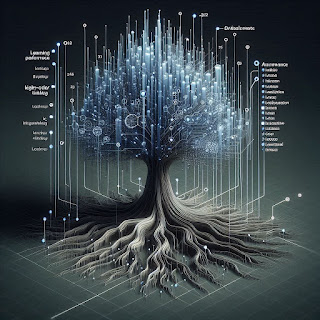Summary of Key Findings
- 🎓 Student-Faculty AI Gap: While students are eager to use AI, 65% believe they know more than their instructors, who often feel "hesitant and overwhelmed."
- 😟 Faculty Concerns: Academic integrity is the top concern for 82% of higher-ed instructors, followed by worries about AI accuracy and a lack of training.
- 壓力 A "Police State of Writing": The pressure to catch AI misuse is creating a stressful environment, leading to burnout for both students and educators.
- 🤖 Workplace Anxiety: Tech CEOs are now openly admitting that AI will reduce white-collar jobs, causing significant "AI anxiety" regarding job security and relevance.
- unprepared The Graduation Gap: A staggering 55% of recent graduates feel their academic programs did not prepare them to use generative AI tools, leaving them feeling unprepared for the modern workplace.
- 🤝 The Human Element: Experts in both education and the corporate world emphasize that the path forward involves focusing on irreplaceable human skills like emotional intelligence (EQ), critical thinking, and creativity.
The Great Disconnect: Why Education's AI Hesitation is Fueling Workplace Anxiety
Introduction: The Two Faces of the AI Revolution
Artificial intelligence is no longer a far-off concept from science fiction; it is a pervasive force reshaping our daily lives. From the way we learn to the way we work, AI's integration has been swift and disruptive. This rapid change has created a fascinating and deeply concerning paradox. On one side, we have a generation of students who are digital natives, quick to adopt and experiment with tools like ChatGPT. On the other, we have the institutions—both educational and corporate—that are struggling to keep pace, creating a chasm of anxiety, unpreparedness, and overwhelm.










